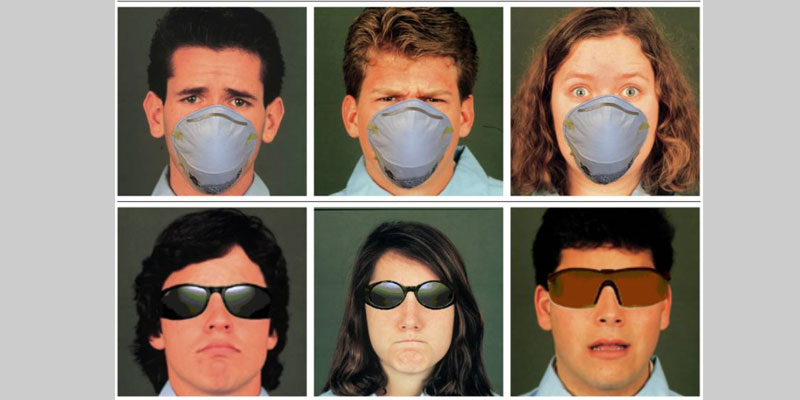
Don’t worry! The science has studiously avoided figuring out how harmful masks are to children.
Is it just me or do the people who support mask mandates seem deliberately to be avoiding the points that those in opposition are actually making?
At some point after my post responding to his call for a statewide mask mandate, Boston Globe reporter and columnist Dan McGowan tweeted a link to the CDC’s (incredibly one-sided) “science brief” on masking. Admittedly as somebody who is more apt to distrust information from the federal government than to trust it, the document reads to me as advocacy, not as a fair-minded attempt to balance positives and negatives.
At a minimum, each of the bullet-points supposedly summarizing various studies should include reference to some of the short-comings or confounding results. This is especially true of the section purporting to find mask wearing safe for children. Most of the studies seem barely relevant to the massive mandates that our children have been enduring. Frankly, I’m surprised at how pitiful a case the CDC was able to make on this point.
Here’s a good example: The first finding is that a “study of 60 elementary school children reported no adverse cardiovascular (e.g., heart rate) or pulmonary (e.g., peripheral oxygen saturation) effects among children while wearing a cloth face covering in a classroom for 30 consecutive minutes of instructional time.” But the very first study on the effectiveness of mask wearing against COVID found no benefit to cloth masks, only surgical masks (although the CDC declined to point this out)… let alone the difference between a 30 minute span and a whole day, every day, with only periodic breaks.
Even worse is the paragraph on my greatest concern as a parent: “The potential impact of masks on language and emotional development” in school-aged children. The only study that comes close to being relevant tested the ability of 81 children from 7 to 13 years old to tell whether people were sad, angry, or afraid while those people were wearing masks. Even here, the researchers found that masks cut children’s ability to recognize these three emotions in half. The CDC doesn’t convey this information, however, reporting only that “the decrement in emotional inference observed when the lower half of a photographed face was covered with a mask was equivalent to that associated with covering the eyes with sunglasses, leading the authors to conclude that in combination with other contextual cues, masks are unlikely to produce serious impairments of children’s social interactions.”
From a group of researchers, this finding is insulting to the reader’s intelligence, but from a government agency, it’s enraging. Not only is this single study extremely limited in scope, but it makes a huge inference from only three emotions, and of all the emotions children in classrooms need to be able to infer, sadness, anger, and fear are not high on the list. In their introduction, the researchers mention in passing that people “tend to fixate on specific facial features that characterize specific emotion stereotypes, such as the mouth for happiness.” This never comes up again, even though being able to affirm children with a show of happiness is arguably the most key emotion to teaching.
Reading these studies, I’ll make an inference of my own: the people who want government to force you to cover your face in public are not really concerned about whether studies can prove that doing so helps more than it hurts, overall. Rather, they have faith that wearing masks must do something and, further, that it couldn’t possibly be harmful. Moreover, it makes them feel comfortable to see you and your children submitting to authority.
